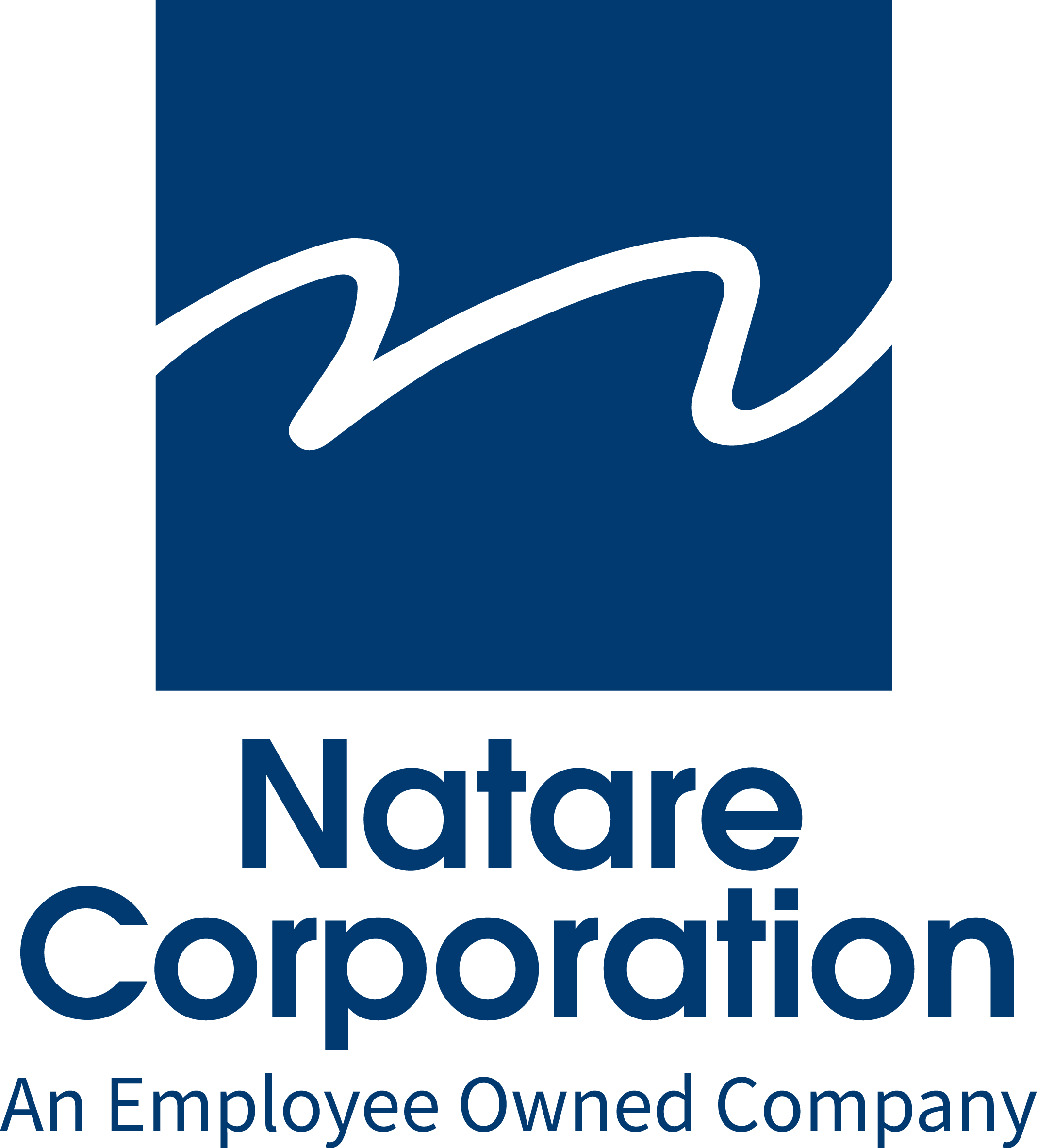The dirtiest, most contaminated water in a swimming pool is the top two or three inches.
A properly designed swimming pool re-circulation system must skim the top of the water via a continuous overflow lip around the entire edge of the pool. This skimming process ensures that the surface dirt and debris are being removed.
Swimming pool water is continuously circulated through the filter and chemical treatment system. Unless your system is specifically designed to allow shutdown periods, the circulating pump that moves the water should run around the clock.
Here are some general tips and guidelines:
To properly understand and monitor the operation of your circulating system, you must have a flow meter that measures flow in gallons per minute. This meter or measuring device is installed in the pool piping and should be checked regularly.
Gauges are also necessary on the recirculating pump and filter system. A pressure gauge should be installed on pump discharge and a vacuum gauge on the pump suction. Using the pressure and vacuum readings can allow you to read the pump curve (furnished by the manufacturer) and determine your actual flow rate.
- Turnover Rate: Understanding pool operations means knowing the re-circulation or turnover rate for your pool. A six-hour turnover of water in a pool is standard in the United States. This means the entire volume of water from the pool should pass through the filtration and treatment systems once every six hours. Cloudy water can often be the result of heavy usage and too little turnover.
- Flow Rate: To determine the re-circulation or flow rate for your pool, calculate the cubic feet of water and multiply that number by 7.5 to get the number of pool gallons (i.e. length times width times average depth times 7.5). Divide this number by 360 to determine your minimum flow rate in gallons per minute, and then check your recirculating rate. Read the pool system flow meter to determine your actual flow rate.
- Water Level: One of the biggest errors made by pool operators is the failure to maintain proper water levels in the swimming pool. When the pool water level is below the overflow lip of the gutter or skimmer, surface debris is not being removed. Incorrect water level or restrictions in the lines prevent proper circulation. Water level control can be accomplished by a variety of means, including automatic water level control equipment. If an automatic system is not available, the pool operator must keep a close eye on water levels, particularly at the end of the day to ensure that the pool is properly skimming during the night.
Some facilities have a chemical treatment system that injects pool chemicals on the suction side of the recirculating pump. Occasionally, gas chlorination systems utilize the differential pressure from the discharge or pressure side to the suction side of the pump to inject a gas chlorine solution. These practices only benefit companies that sell pumps.
Check your chemical injection points, and, if you are adding materials at the suction side of your pump, take whatever steps are necessary to properly add chemicals downstream of the filter immediately prior to the water returning to the pool. Your pump and filter will last much longer this way.
Want to learn more?
Click Here to Learn about Chemical Balance & Turnover

